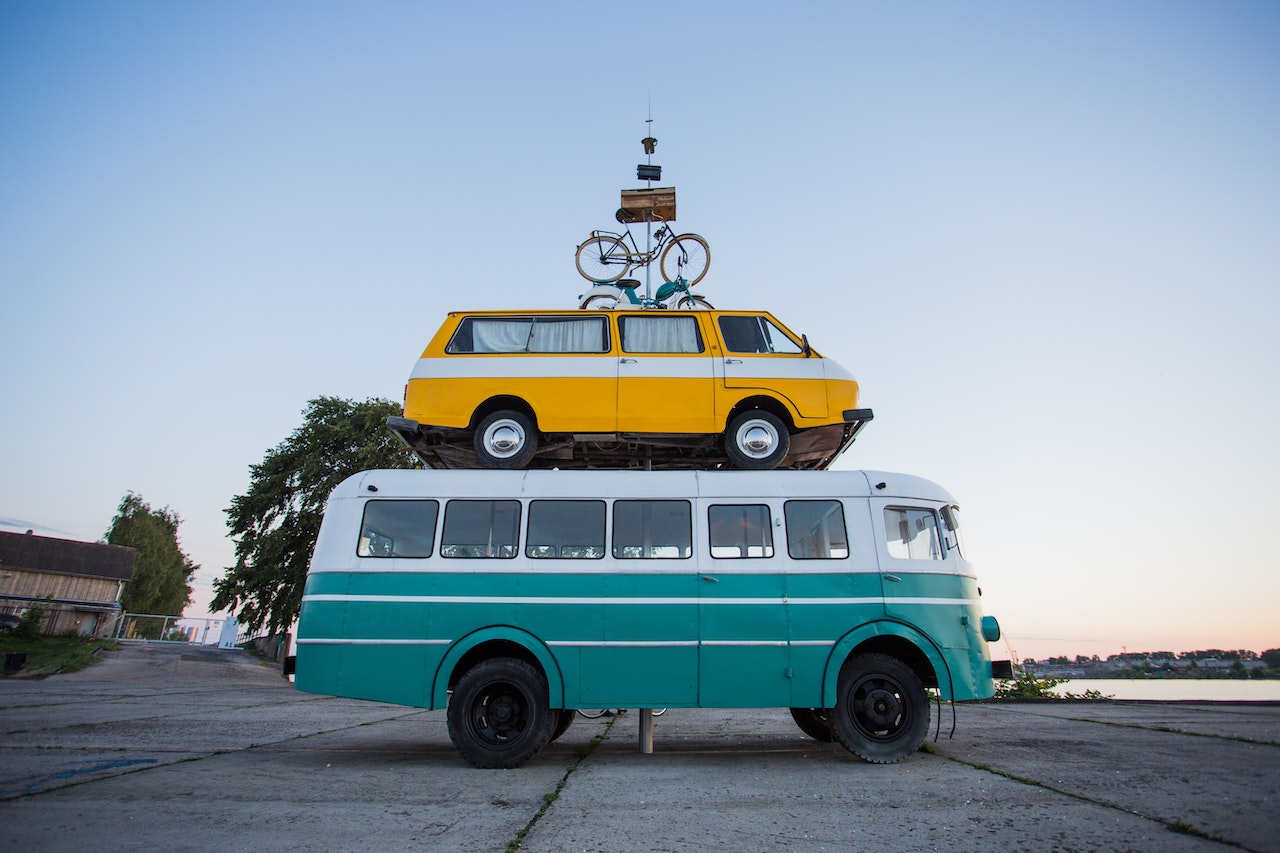The History of Classic Cars
Classic cars, with their timeless charm and unparalleled elegance, have captured the hearts of enthusiasts worldwide. But how did we come to appreciate these moving pieces of history? Buckle up as we take a nostalgic ride through the history of classic cars.
Before delving into history, let’s understand what qualifies a car as “classic.” Classic cars are typically 20-40 years old, representing a golden era of automotive innovation and style. These vehicles, distinguished by their historical significance, rarity, and craftsmanship, hold a unique place in the automotive world.
The Birth of the Automobile
It all began in the late 19th century when inventors around the globe were experimenting with motor-powered vehicles. The gasoline-powered automobile, introduced by Karl Benz in 1886, is often considered the first true car, paving the way for a revolution in personal transportation.
The Roaring Twenties: Luxury and Style
The 1920s saw unprecedented advancements in automotive technology and design. This era gave birth to iconic models like the Ford Model A and the Duesenberg Model J, symbolizing luxury and high performance. Cars were no longer just a mode of transportation; they became a statement of style and status.
The Great Depression and Its Impact
The 1930s brought economic hardship, significantly affecting the automotive industry. However, this challenging time also led to innovations like streamlined design and the introduction of more affordable models, ensuring the survival and evolution of the automobile.
World War II: A Pause and Shift
During World War II, car production took a backseat as manufacturers focused on producing war machinery. This pause, however, set the stage for a post-war automotive boom, characterized by pent-up demand, economic recovery, and groundbreaking innovations.
The Fabulous Fifties: A Golden Era
The 1950s were a golden era for classic cars. Prosperity and a booming economy led to extravagant designs, powerful engines, and the birth of the American muscle car. Iconic models like the Chevrolet Bel Air and the Ford Thunderbird defined this vibrant decade.
The Swinging Sixties: Revolution and Innovation
The 1960s brought a wave of change and innovation. Muscle cars like the Ford Mustang and the Chevrolet Camaro became symbols of freedom and rebellion. Advances in safety, such as seat belts and crumple zones, also characterized this transformative era.
The Oil Crisis and a Shift in Focus
The oil crisis of the 1970s brought a stark reality check. With fuel prices soaring, there was a shift towards smaller, more fuel-efficient cars. This decade also saw the rise of Japanese manufacturers, adding diversity to the classic car landscape.
The Eighties and Nineties: Technology Takes the Wheel
These decades witnessed a technological revolution in the automotive industry. Fuel injection, turbocharging, and advancements in electronics transformed car performance and efficiency. Classics like the Ferrari F40 and the Porsche 959 epitomized the fusion of technology and design.
The Rise of Classic Car Collecting
The appreciation for classic cars grew steadily, with enthusiasts recognizing their historical and aesthetic value. Car shows, auctions, and clubs flourished, fostering a community of like-minded individuals who celebrated the legacy of these automotive gems.
Restoration: Bringing Classics Back to Life
Restoration plays a crucial role in preserving classic cars. Passionate enthusiasts and professionals invest time, effort, and resources to restore these vehicles to their former glory, ensuring their stories continue to be told and appreciated by future generations.
The Future of Classic Cars
As we venture into the future, classic cars continue to enchant us with their enduring appeal. Electric vehicle conversions and sustainable practices promise a greener future for these timeless beauties, ensuring they remain a cherished part of our cultural heritage.
Classic Cars and Popular Culture
Classic cars have left an indelible mark on popular culture. From James Bond’s Aston Martin to the DeLorean in “Back to the Future,” these vehicles have become iconic symbols, immortalized in film, music, and art, reflecting our collective imagination and aspirations.
The Enduring Appeal of Classic Cars
Why do classic cars continue to captivate us? It’s the amalgamation of history, craftsmanship, and style. Each classic car tells a story of a bygone era, representing the technological advancements, cultural shifts, and artistic expressions of its time.
Get into the History of Classic Cars
For those eager to delve deeper into the rich history of classic cars, a plethora of resources awaits. Start by visiting local automotive museums, where you can witness these timeless beauties firsthand and learn about their evolution and impact. Museums often house rare models and offer detailed exhibitions on various eras of automotive history, giving enthusiasts a chance to immerse themselves in the fascinating stories of classic cars.
Additionally, the internet is a treasure trove of information. Numerous online forums, blogs, and websites are dedicated to classic car enthusiasts, offering articles, photographs, and firsthand accounts of restoration projects and historical anecdotes. Websites like Hemmings and ClassicCars.com feature extensive galleries, buying guides, and insights into the classic car world. Social media platforms also host myriad classic car communities where members share their knowledge, experiences, and passion for these automotive gems.
Classic cars are more than just vehicles; they are moving pieces of art, representing the milestones of automotive history. From their inception to their enduring presence, classic cars remind us of our journey through time, our innovations, and our cultural evolution. Their stories, preserved by enthusiasts and immortalized in popular culture, continue to fuel our fascination and appreciation for these timeless treasures.
FAQs
- What is considered a classic car? A classic car is typically 20-40 years old and is valued for its historical significance, rarity, and craftsmanship.
- How did the Great Depression affect the automotive industry? The Great Depression led to economic hardship but also resulted in innovations like streamlined design and more affordable models.
- What characterized the automotive industry in the 1950s? The 1950s were a golden era, marked by prosperity, extravagant designs, powerful engines, and the birth of the American muscle car.
- How has technology influenced classic cars? Technology has played a pivotal role, introducing features like fuel injection, turbocharging, and advanced electronics, enhancing performance and efficiency.
- Why are classic cars important to popular culture? Classic cars have become iconic symbols in film, music, and art, reflecting societal values, aspirations, and the collective imagination.


